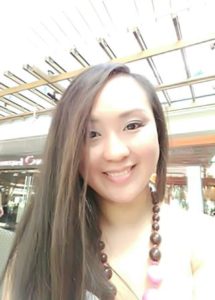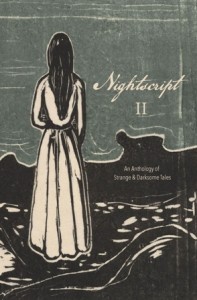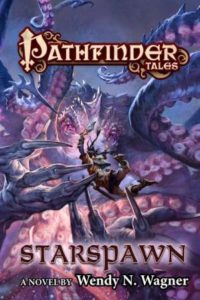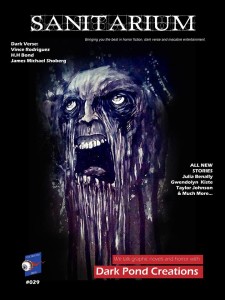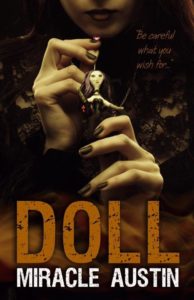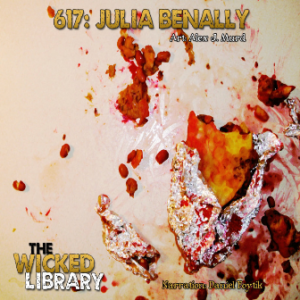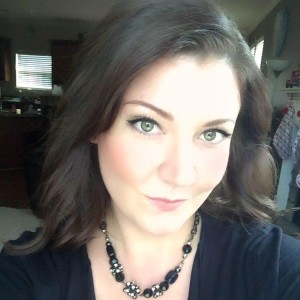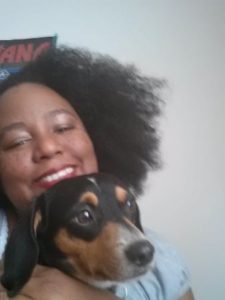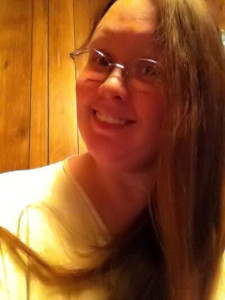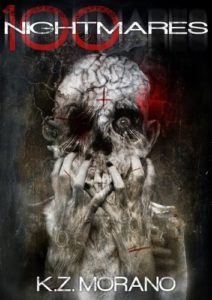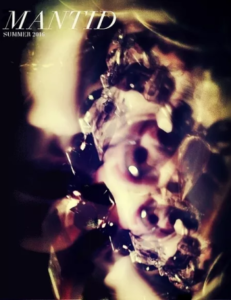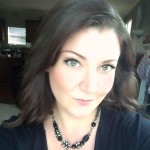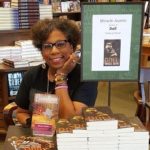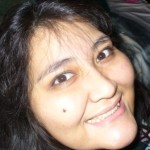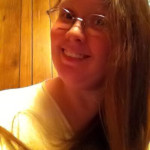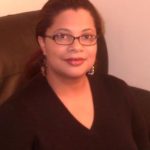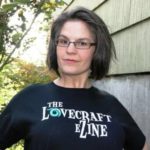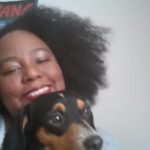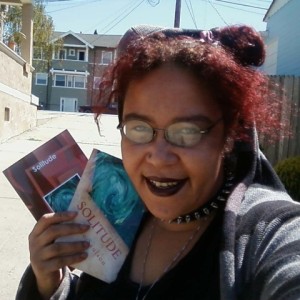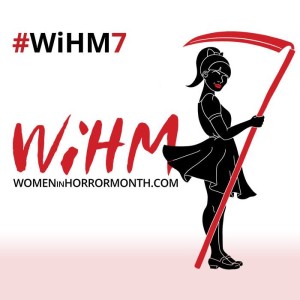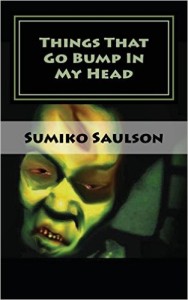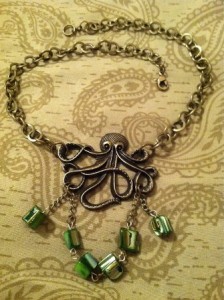Welcome back to Part 3 of our Women in Horror 2017 Discussion! This week, these eight awesome authors and I talk about the great people in the horror industry who support women as well as their advice for those female authors just getting started in the industry. (And if you haven’t already, be sure to read the bios on my featured authors!)
So let’s get started for this penultimate installment of our Women in Horror Month celebration!
Unfortunately, there are still too many barriers for women in publishing, especially in genre fiction. However, instead of focusing on the far-too-common experiences many of us have had where someone wouldn’t give us a chance because of our gender, let’s flip it around and shine a light on those who have made publishing a better place to write: specifically, who have you met in this industry who has been supportive of your work in particular or supportive of women in horror in general? Who are those editors, authors, and publications you can count on to support female horror authors year-round, not just in the month of February?
Kristi DeMeester: S.J. Bagley and Simon Strantzas are hugely supportive as is Scott Nicolay. Ellen Datlow and Paula Guran, obviously. Sean Wallace over at The Dark. Constance Ann Fitzgerald over at Lady Box Books. Molly Tanzer. Silvia Moreno Garcia. Michael Wehunt. Shannon Peavey and Kelly Sandoval at Liminal Stories.
Miracle Austin: I must confess Sirens Call Publications, Sanitarium, Dark Eclipse, and many other anthologies allowed my voice to be heard. I’m extremely thankful for and always will be. These publications accepted some of my stories throughout the year.
K.Z Morano.: The lovely ladies at Sirens Call definitely deserve to be mentioned. I’d like to thank Gloria Bobrowicz, Nina D’Arcangela, and Julianne Snow for the support they give female horror authors, especially for opening the doors to newbie female writers in the genre. Also, there’s Fox Emm who included lots of female horror writers in the extreme horror anthology “Bad Neighborhood”. Some people think that women are incapable of writing hardcore horror. This blogger/editor proved them wrong with this kick-ass collection.
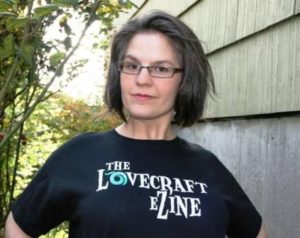 Wendy Wagner: The vast majority of the people I’ve worked with are real champions of women working in horror. I probably wouldn’t work with them if they weren’t! I can’t say enough good stuff about Ellen Datlow, John Joseph Adams, and Ross Lockhart. I feel like Ross and John—who are both editors and small press owners—are working their hardest to find and promote the work of women in this field. I love working with those two!
Wendy Wagner: The vast majority of the people I’ve worked with are real champions of women working in horror. I probably wouldn’t work with them if they weren’t! I can’t say enough good stuff about Ellen Datlow, John Joseph Adams, and Ross Lockhart. I feel like Ross and John—who are both editors and small press owners—are working their hardest to find and promote the work of women in this field. I love working with those two!
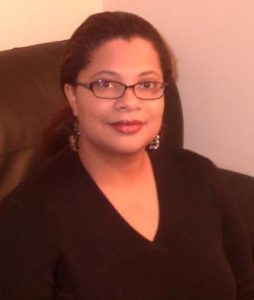 Eden Royce: I’ve had wonderful support from so many people. To name a few: Ashlee Blackwell at Graveyard Shift Sisters, the authors at Colors in Darkness—Mya Lairis, Dahlia De Winters, and Kenya Moss-Dyme, Sirens Call Publications, Patricia Flaherty Pagan at Spider Road Press, Linda D. Addison, Kinitra Brooks, Ph.D., Susana Morris, Ph.D., Carolyn Mauricette, Mark Taylor, Roma Gray, Lincoln Farish, Jack Wallen, Armand Rosamilla, Horror Addicts, Terror Realm, Gregory Norris, Joey Pinkney, The Wicked Library, The Horror Honeys, and FIYAH Lit Mag.
Eden Royce: I’ve had wonderful support from so many people. To name a few: Ashlee Blackwell at Graveyard Shift Sisters, the authors at Colors in Darkness—Mya Lairis, Dahlia De Winters, and Kenya Moss-Dyme, Sirens Call Publications, Patricia Flaherty Pagan at Spider Road Press, Linda D. Addison, Kinitra Brooks, Ph.D., Susana Morris, Ph.D., Carolyn Mauricette, Mark Taylor, Roma Gray, Lincoln Farish, Jack Wallen, Armand Rosamilla, Horror Addicts, Terror Realm, Gregory Norris, Joey Pinkney, The Wicked Library, The Horror Honeys, and FIYAH Lit Mag.
Scarlett R. Algee: Sirens Call Publications may be a “for the love” market, but they have, quite possibly, the nicest editorial team I’ve yet worked with. Among the big names, Tor is responsible for my having read a lot of female authors I otherwise wouldn’t have heard of. And of course, I have to give Sanitarium Magazine a shoutout, because that’s where I got the push that made me think “hey, I can do this”.
Julia Benally: Well, there’s Daniel Foytik from The Wicked Library. Farah Rose Smith from Mantid Magazine. Then of course there’s you.
What advice do you have for female horror authors who are just getting involved with the industry?
Kristi: Keep writing. Keep submitting. Dust yourself off when you’re rejected. Mope a little if you need to. It’s okay. Keep writing. Get better.
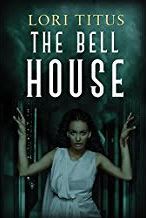 Miracle: I will say to surround yourself with a positive circle of true supporters, usually small and that’s a good thing, because there will be so many times you want to give up because of the rejections and various disappointments you’ll endure. Those who you would expect to clap for you may not. You need positive cheerleaders to encourage you and positive affirmations to walk this industry’s twisty road.
Miracle: I will say to surround yourself with a positive circle of true supporters, usually small and that’s a good thing, because there will be so many times you want to give up because of the rejections and various disappointments you’ll endure. Those who you would expect to clap for you may not. You need positive cheerleaders to encourage you and positive affirmations to walk this industry’s twisty road.
K.Z.: This industry has a reputation for being inhospitable to females. Don’t let that intimidate you. There are more successful female horror writers than you think. Most of them are just shelved under “dark fantasy”, “gothic”, etc. If you’re a female horror writer who wants to make it in this industry, my best advice to you would be to seek out and read the works of fellow female horror authors and gain inspiration from them. Don’t pressure yourself into “writing like a man” or writing under a male-ish pseudonym. Instead, just focus on writing well and on finding your own unique voice as a writer. Write like a woman. Write like you and the rest will follow.
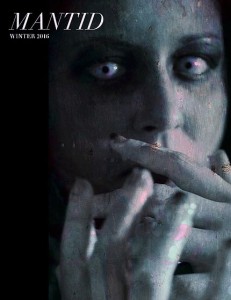 Wendy: Work hard and then work harder. Don’t give up or give in. Look for reputable presses and magazines and stick with them, because they will have your back when the trolls come looking for blood.
Wendy: Work hard and then work harder. Don’t give up or give in. Look for reputable presses and magazines and stick with them, because they will have your back when the trolls come looking for blood.
Lori: I would say, first of all, focus on your writing. We never get to the point where we perfect it, but we can reach a point where we are able to see our mistakes and come up with better ways to fix them. When you have done all you can do for a manuscript, learn how to give it to a good editor. Someone who will not only catch grammar slip ups and anachronisms, but someone able to give you advice about the big picture. Marketing is important, but the focus has to be on the actual work first.
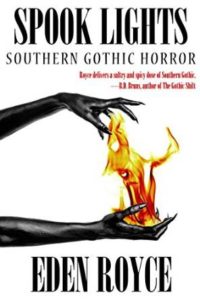 Eden: Don’t bend to what you think publishers or readers want and don’t chase what’s popular. Write what speaks to you and do you best to cultivate your own voice. Read widely—speculative fiction and literary, indie and traditionally published—it can help you learn what works for you in a story and what doesn’t. It will also expose you to various methods of storytelling you might not otherwise come across.
Eden: Don’t bend to what you think publishers or readers want and don’t chase what’s popular. Write what speaks to you and do you best to cultivate your own voice. Read widely—speculative fiction and literary, indie and traditionally published—it can help you learn what works for you in a story and what doesn’t. It will also expose you to various methods of storytelling you might not otherwise come across.
Julia: Horror is an art form, not a bowl of disgusting trash slapped together with every nasty element ever invented. Take the alien from Alien for example. The creature was freaky; its slime served the alien. Imagine if the director focused only on the slime?
Scarlett: Don’t let anyone tell you that women can’t write horror. (Quite a few of us live with it just by virtue of our biology, after all.) Don’t give up. You’ll get rejections, and they’ll hurt, but keep going. Your voice matters.
And that’s Part 3 of our discussion! If you haven’t already, be sure to check out Part 1 and Part 2 from earlier this month!
Happy reading!

